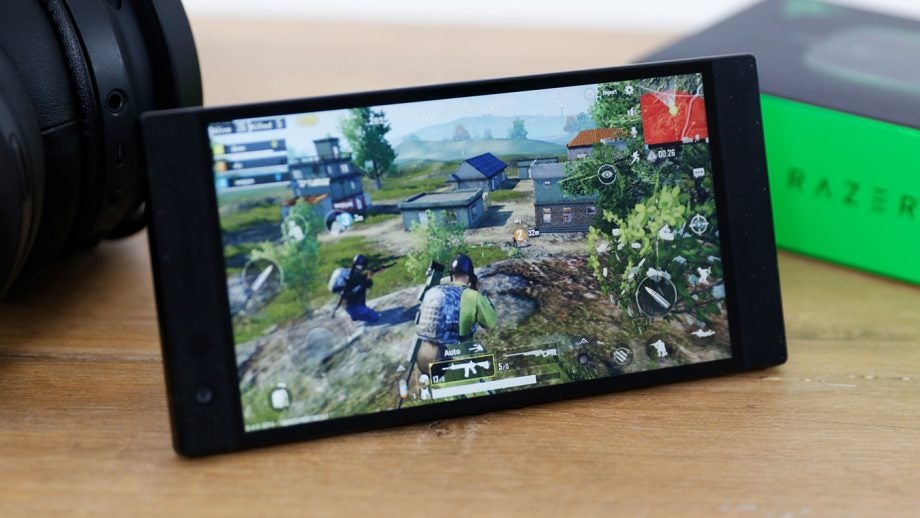Opinion: The Pixel 4 looks great, but it’s ripping off an unsung hero

No one likes a know-it-all, but over the last few weeks the sea of rumours around the Pixel 4 and iPhone 12 have made it impossible for me to not have an “I told you so” moment.
Editor’s note: Yes I agree it’s ridiculous there are already iPhone 12 leaks when the iPhone 11 isn’t even out.
But before I start, let me warn you, this isn’t about the fabled Google and Apple phones’ rumoured swish new cameras, alluring designs or clever new software. Instead, it’s about a key bit of tech that has been slowly making its way onto a number of new phones over the last eight months: variable refresh rate screens.
Refresh rates may not be the sexiest topic compared to the prospect of a new and improved camera, but it’s actually a key technology I originally said should appear on every phone all the way back in 2017, when I reviewed the first-gen Razer Phone.
Non-PC gamers may be shrugging their shoulders wondering “who the fudge is Razer” and “why should I care about its phone?” But for me the first-gen Razer Phone remains one of the most innovative handsets to appear in the last few years because it was the first to feature a 120Hz screen.
Related: Best smartphone 2019
At the time the release flew under the radar of most buyers who either didn’t know or didn’t care about the benefits of the tech. But it made me completely besotted with the hardware, to the point I wrote in my Razer Phone review:
“[A 120Hz refresh rate] may not sound that sexy, but after a week with the Razer Phone I’ve found every other handset I’ve tested since feels a little chuggy, particularly when gaming, and can’t help but hope other phone makers will start taking advantage of the tech.”
And guess what? A couple of years on companies are doing just that.
The reason for this is simple; variable refresh rate screens are better. For those out of the know, a refresh rate refers to how many times per second a screen renders an image. So if it’s locked at 60Hz, like most phones, it’ll display 60 images per second.
A higher refresh rate means there’s less of a gap between each static image. This makes animations look smoother and games feel more reactive. This is awesome, but also heavily impacts battery life if the phone screen is locked at 90Hz or 120Hz as rendering more images per second takes significantly more juice.
That’s why companies tend to let the screen scale down and have a variable refresh rate. A variable refresh rate screen, like the one seen on the Razer Phone, can help conserve power by switching to a lower 30Hz or 60Hz refresh rate when doing basic tasks, like displaying a static e-Book page.
Related: Best phablet 2019
It’s also why I’m pleased to see key companies are all rushing to add variable refresh tech to phones this year rather than simply loading them with higher refresh rate panels.
We’ve already heard rumblings Google’s going to load the Pixel 4 with the tech. Apple’s also rumoured to be planning on adding the tech to next year’s iPhone – which would make sense given the fact its iPad Pro already has a 120Hz screen and has done for a couple of years. Hell, even Meizu is apparently working on a phone with it, according to the latest 16s Pro leak.
If this happens my forecast and wish may finally come true and every phone will have a variable refresh rate display, or at the very least a 90Hz one.
When it happens this’ll be a great development for the industry and a key step for smartphones across the globe. It’s just a little sad Razer hasn’t been getting the credit it deserves as the innovator that first brought the tech to mobile and its first phone will likely end up going the way of IBM Watson – on the right side of history as an innovator, but ultimately forgotten.


